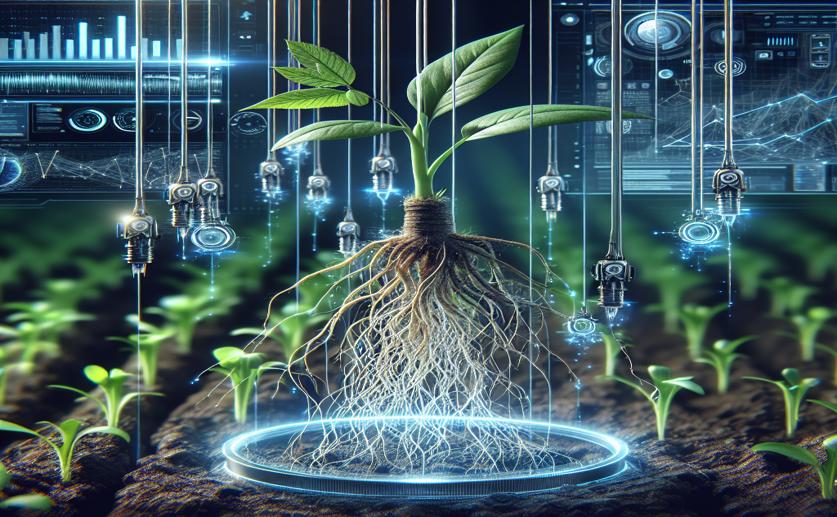
Monitoring Plant Root Health with Advanced Sensors and AI
Greg Howard
1st February, 2024

Image Source: Natural Science News, 2024
AgricultureBiotechPlant Science
References
Main Study
1) Time-resolved chemical monitoring of whole plant roots with printed electrochemical sensors and machine learning.
Published 2nd February, 2024 (future Journal edition)
https://doi.org/10.1126/sciadv.adj6315



 21st January, 2024 | David Palenski
21st January, 2024 | David Palenski